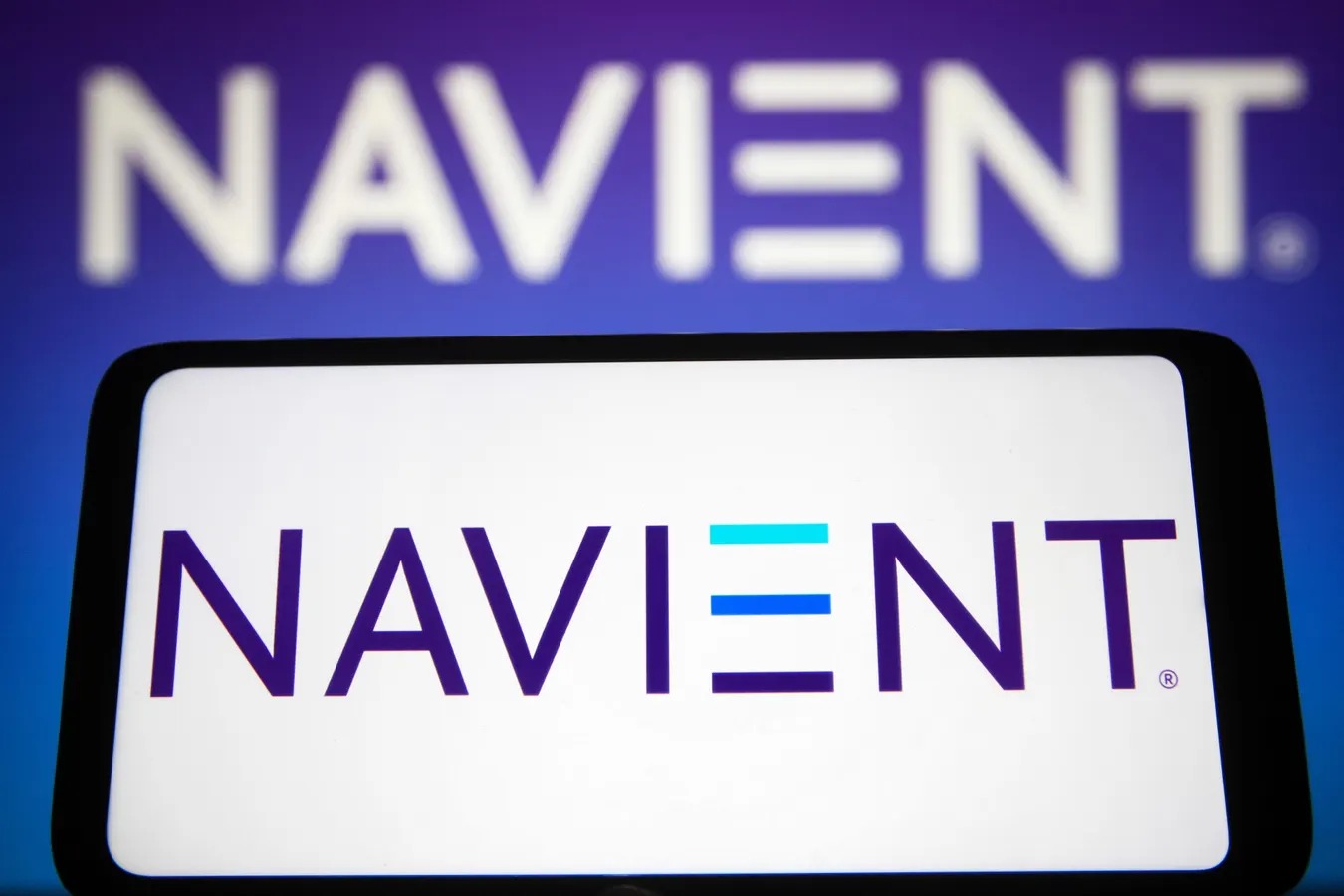Home>Finance>FedLoan: What If I Become A Full-Time Student After The Grace Period Starts?


Finance
FedLoan: What If I Become A Full-Time Student After The Grace Period Starts?
Published: February 19, 2024
Learn how becoming a full-time student after the grace period affects your finance options with FedLoan. Find out what steps you need to take for a smooth transition.
(Many of the links in this article redirect to a specific reviewed product. Your purchase of these products through affiliate links helps to generate commission for LiveWell, at no extra cost. Learn more)
Table of Contents
Introduction
Navigating the realm of student loans can be daunting, especially when life takes unexpected turns. For individuals with federal student loans serviced by FedLoan, the prospect of transitioning to full-time student status after the grace period commences may raise questions and concerns. In this comprehensive guide, we will delve into the implications of becoming a full-time student after the grace period begins, shedding light on how this transition can impact loan repayment and exploring viable options for managing loans while pursuing higher education.
Understanding the nuances of student loan management is crucial for borrowers, as it empowers them to make informed decisions that align with their financial circumstances and educational pursuits. Whether you're contemplating a return to full-time studies or are already enrolled in such a program, this article aims to equip you with the knowledge needed to navigate the intersection of student loans and academic endeavors. Let's embark on this insightful journey to unravel the implications and possibilities that arise when transitioning to full-time student status amid the grace period for federal student loans serviced by FedLoan.
Understanding the Grace Period
Upon graduating, leaving school, or dropping below half-time enrollment, many federal student loans, including Direct Subsidized and Unsubsidized Loans, offer a grace period. This grace period typically spans six months, providing borrowers with a window of time before they are required to commence repayment. During this period, interest on Direct Subsidized Loans is typically covered by the federal government, while interest on Unsubsidized Loans accrues but does not need to be paid until after the grace period.
The grace period serves as a transitional phase, affording borrowers the opportunity to secure employment, establish financial stability, and prepare for the responsibilities of repaying their student loans. It is important for borrowers to be mindful of the specific terms and conditions associated with their loans, as grace periods can vary based on the type of loan and individual circumstances.
Moreover, understanding the implications of the grace period is essential for informed financial planning. By comprehending the nuances of this grace period, borrowers can proactively strategize their financial resources and explore various repayment options to best suit their needs. As we move forward, it’s crucial to keep the intricacies of the grace period in mind, as they form the backdrop against which the impact of transitioning to full-time student status will be assessed.
Becoming a Full-Time Student After the Grace Period Starts
Life often presents unexpected opportunities for personal and professional growth, and one such opportunity may involve the decision to pursue full-time studies after the grace period for student loan repayment has commenced. Whether prompted by a desire to advance one’s career prospects, delve into a new field of study, or achieve personal academic goals, the decision to become a full-time student amid an ongoing grace period can have implications for loan repayment and financial planning.
At this juncture, it’s crucial for borrowers to assess the impact of their transition to full-time student status on their existing student loans. While the grace period typically concludes upon re-enrollment in a full-time academic program, individual circumstances and loan types can influence how this transition is managed. Understanding the specific terms and conditions of the grace period and its interaction with full-time student status is essential for borrowers navigating this juncture.
Moreover, becoming a full-time student after the grace period begins may herald a shift in financial priorities and obligations. For borrowers, this transition necessitates a proactive approach to managing their student loans and exploring available options for maintaining financial stability while pursuing higher education. As we delve deeper into the implications of this transition, we will illuminate the considerations and potential pathways that can empower borrowers to navigate this phase with clarity and confidence.
Impact on Loan Repayment
The decision to become a full-time student after the grace period commences can significantly impact the trajectory of loan repayment. As the grace period is typically designed to provide a buffer for borrowers to transition into the workforce and prepare for loan repayment, re-enrolling as a full-time student can alter this timeline and financial dynamic.
One notable impact of transitioning to full-time student status after the grace period starts is the suspension of loan repayment obligations. When enrolled as a full-time student, borrowers may be eligible for deferment or forbearance, allowing them to temporarily halt their loan payments while pursuing their academic endeavors. This temporary suspension can alleviate the immediate financial burden of loan repayment, providing breathing room for individuals focused on their studies.
However, it’s crucial for borrowers to be mindful of the implications of pausing loan repayment. While deferment or forbearance offers relief in the short term, interest may continue to accrue, potentially leading to a larger overall loan balance. Understanding the long-term financial implications of suspending loan repayment is essential for borrowers to make informed decisions aligned with their financial goals.
Furthermore, the impact of transitioning to full-time student status on loan repayment extends beyond the immediate suspension of payments. Upon completing the academic program, borrowers will need to recalibrate their financial plans and prepare to resume loan repayment. This transition period demands foresight and strategic financial management to ensure a smooth reentry into the world of loan repayment post-graduation.
As we navigate the intricacies of this transition, it becomes evident that the impact on loan repayment is multifaceted, requiring borrowers to weigh the short-term relief against long-term financial implications and plan accordingly to mitigate the impact on their financial well-being.
Options for Managing Loans as a Full-Time Student
Transitioning to full-time student status after the grace period begins necessitates a proactive approach to managing student loans. Fortunately, borrowers have several options at their disposal to navigate this phase of their academic and financial journey.
1. Deferment and Forbearance: Enrolled full-time students may be eligible for deferment or forbearance, allowing them to temporarily halt loan payments. Deferment, particularly for subsidized loans, may prevent interest accrual during the deferment period, providing financial relief. Forbearance, on the other hand, allows borrowers to pause or reduce their payments but may lead to continued interest accumulation.
2. Income-Driven Repayment Plans: If managing loan payments while in school poses a financial challenge, income-driven repayment plans offer a viable solution. These plans adjust monthly payments based on the borrower’s income, potentially resulting in more manageable repayment amounts during the academic pursuit.
3. Exploring Scholarships and Grants: Actively seeking scholarships and grants can alleviate the financial strain of being a full-time student. By securing additional funding, borrowers can reduce their reliance on student loans and minimize the financial impact of pursuing higher education.
4. Financial Wellness Resources: Many academic institutions offer financial wellness resources and counseling services to support students in managing their finances while pursuing education. Leveraging these resources can provide valuable insights and assistance in navigating the intersection of student loans and full-time studies.
5. Strategic Budgeting and Financial Planning: Developing a comprehensive budget and financial plan tailored to the demands of being a full-time student can help mitigate the impact of loan repayment on overall financial stability. By prioritizing financial wellness and prudent budgeting, borrowers can navigate this phase with greater confidence.
Each of these options presents a pathway for borrowers to effectively manage their student loans while enrolled as full-time students. By exploring these avenues and leveraging available resources, borrowers can proactively navigate the intersection of student loans and academic pursuits, ensuring a balanced approach to financial management during their educational journey.
Conclusion
Navigating the intersection of student loans and academic pursuits demands a nuanced understanding of the implications and options available to borrowers. As we conclude our exploration of the impact of transitioning to full-time student status after the grace period begins, it becomes evident that proactive financial planning and informed decision-making are paramount for individuals navigating this phase of their educational journey.
By comprehending the dynamics of the grace period, borrowers can anticipate the implications of transitioning to full-time student status and explore viable options for managing their student loans. Whether through deferment, income-driven repayment plans, or strategic financial planning, borrowers possess the agency to proactively address the financial challenges associated with being a full-time student while maintaining a balanced approach to loan repayment.
Furthermore, it is essential for borrowers to leverage available resources, including financial wellness services and scholarship opportunities, to bolster their financial stability and minimize the impact of student loans on their academic pursuits. Through prudent budgeting and a proactive approach to financial management, borrowers can navigate this phase with confidence, ensuring that their educational aspirations align harmoniously with their financial well-being.
As the educational landscape continues to evolve, empowering borrowers with the knowledge and resources to navigate the complexities of student loan management as full-time students is instrumental in fostering financial resilience and academic success. By embracing a holistic approach to financial planning and leveraging the available options, borrowers can embark on their academic journey with clarity, confidence, and a steadfast commitment to their educational and financial well-being.














